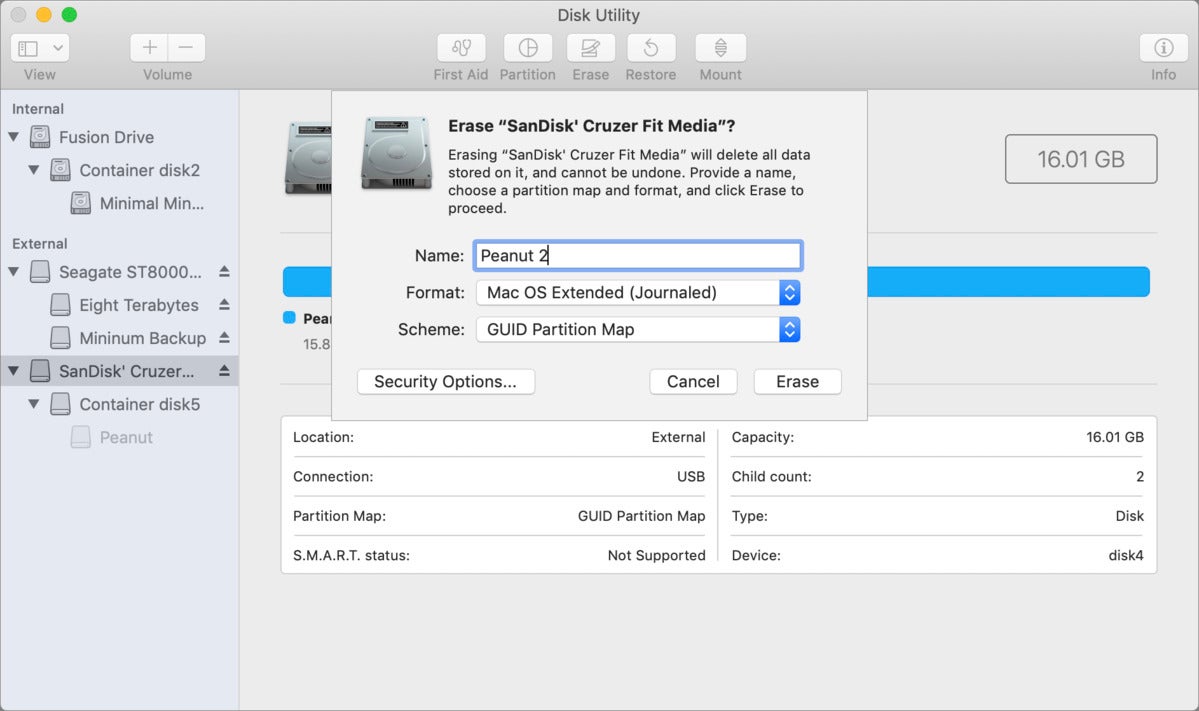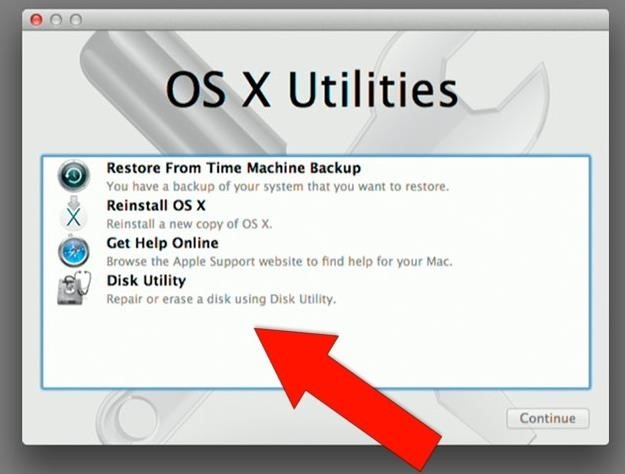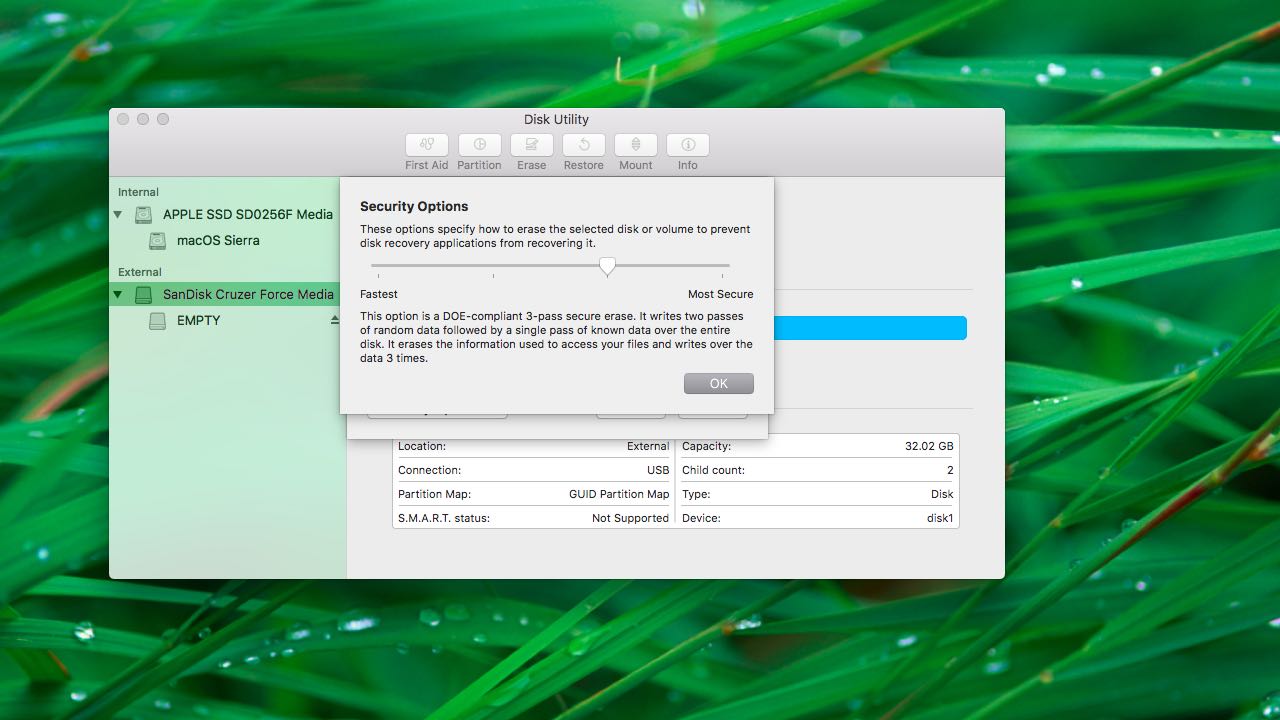

 You have to restore a Time Machine backup. You need to load your Mac in safe mode.
You have to restore a Time Machine backup. You need to load your Mac in safe mode.  You want to format your startup disk and reinstall macOS. Your startup disk (the disk that loads your operating system) is corrupted. Here are some of the situations where it’s useful: Mac OS Recovery Mode special state where the operating system gives you access to native recovery tools such as Time Machine, Disk Utility, Terminal, and more. This article is a simple but in-depth guide about Recovery Mode, its native utilities, and recovering data. However, not all users are familiar with Recovery Mode as a MacBook rarely gets damaged to a point where you need to use it. There are some limitations, because of the way macOS stores some files.Mac’s Recovery Mode is a native feature that lets you access powerful recovery tools that can help you repair your MacBook, preempt data corruption and data loss, completely erase a drive for a clean installation, restore backups, and more. Click Yes to proceed.ĬCleaner for Mac can't wipe every deleted file from your free disk space. Choose the type of security you require ( see here for more information about erase methods). Select the volume whose free space you want to erase.
You want to format your startup disk and reinstall macOS. Your startup disk (the disk that loads your operating system) is corrupted. Here are some of the situations where it’s useful: Mac OS Recovery Mode special state where the operating system gives you access to native recovery tools such as Time Machine, Disk Utility, Terminal, and more. This article is a simple but in-depth guide about Recovery Mode, its native utilities, and recovering data. However, not all users are familiar with Recovery Mode as a MacBook rarely gets damaged to a point where you need to use it. There are some limitations, because of the way macOS stores some files.Mac’s Recovery Mode is a native feature that lets you access powerful recovery tools that can help you repair your MacBook, preempt data corruption and data loss, completely erase a drive for a clean installation, restore backups, and more. Click Yes to proceed.ĬCleaner for Mac can't wipe every deleted file from your free disk space. Choose the type of security you require ( see here for more information about erase methods). Select the volume whose free space you want to erase. 
Click Tools, and then click Erase Free Space.To wipe your drive using Erase Freespace: Note: Wiping free space can take several hours, or even longer depending on the size of the drive, the number of passes selected, and the speed of the computer. Note: This process should not be used on any solid-state drive or other Flash-based storage. For privacy and security reasons, you can set CCleaner for Mac to wipe the free areas of your hard disk so that deleted files can never be recovered. This means that, given the right software, someone could reconstruct all, or parts of files that you've deleted. Over time, this data will be overwritten as macOS writes new files to that area of the drive. When you delete a file, macOS removes the reference to that file, but doesn't delete the actual data that made up the file on your hard drive. You can also find helpful information about the latest version of our macOS app. Note: this article is relevant to version 1.18.30 of CCleaner for Mac and below.








 0 kommentar(er)
0 kommentar(er)
